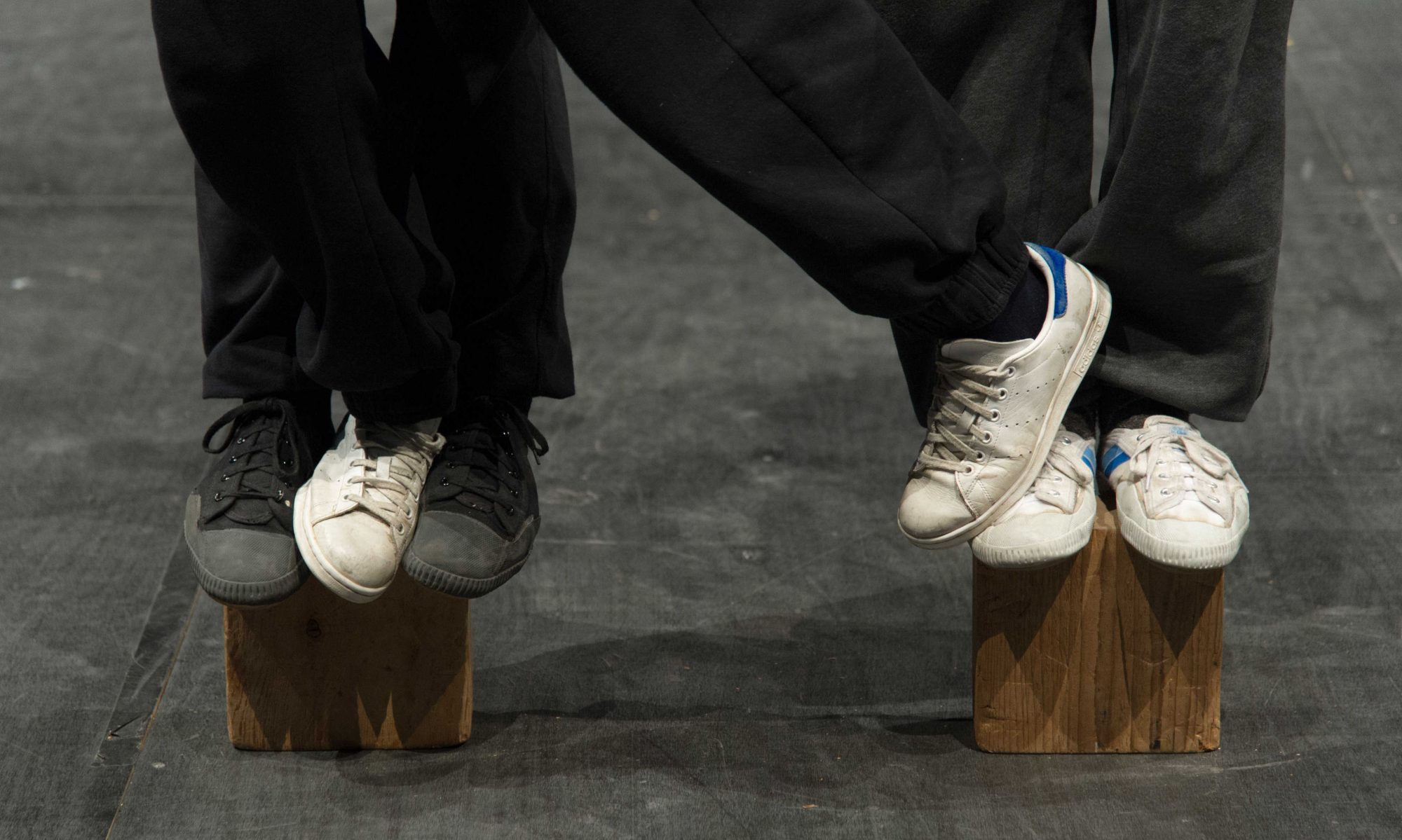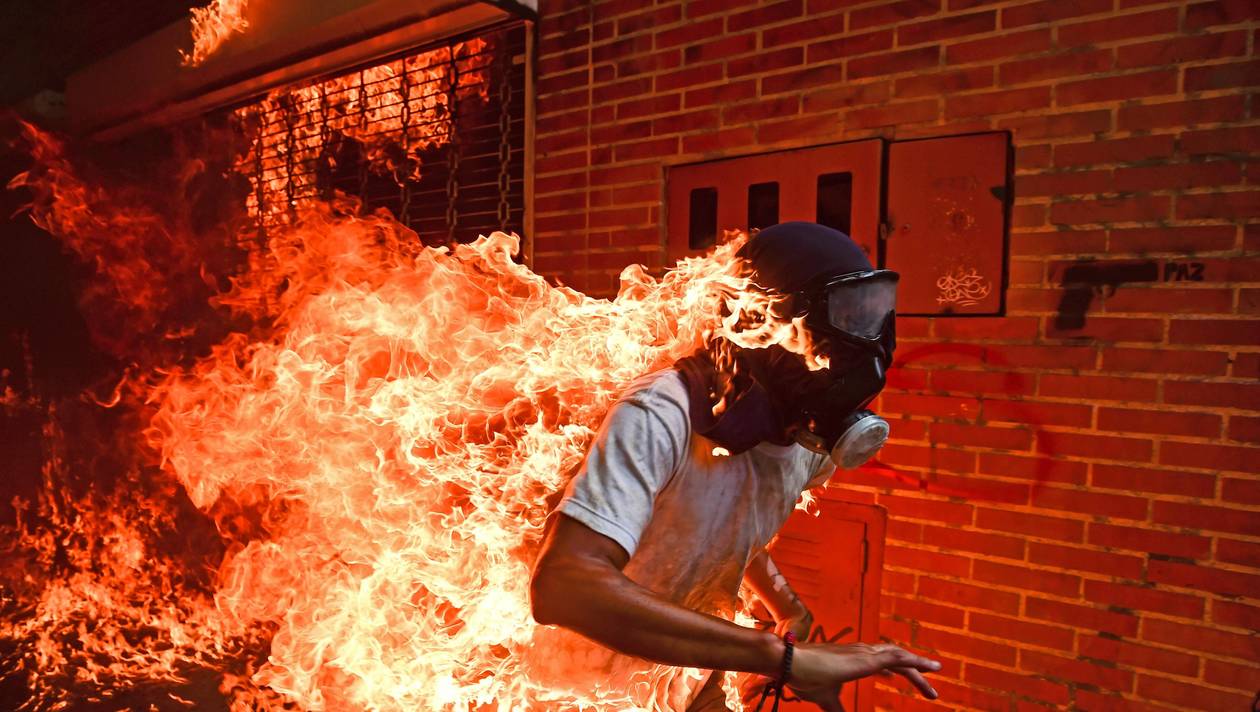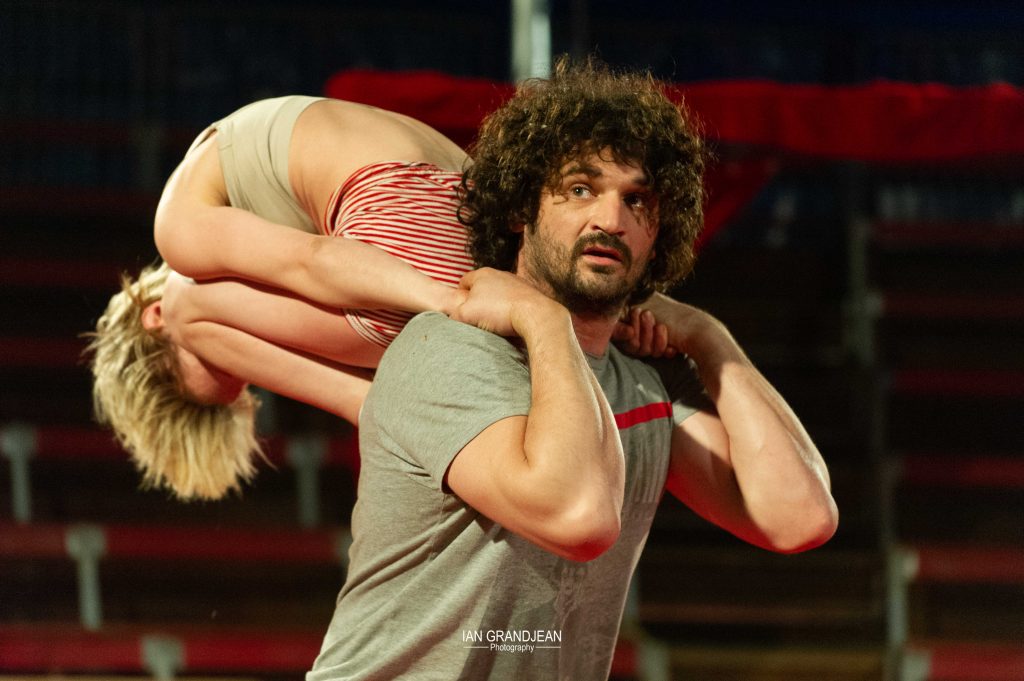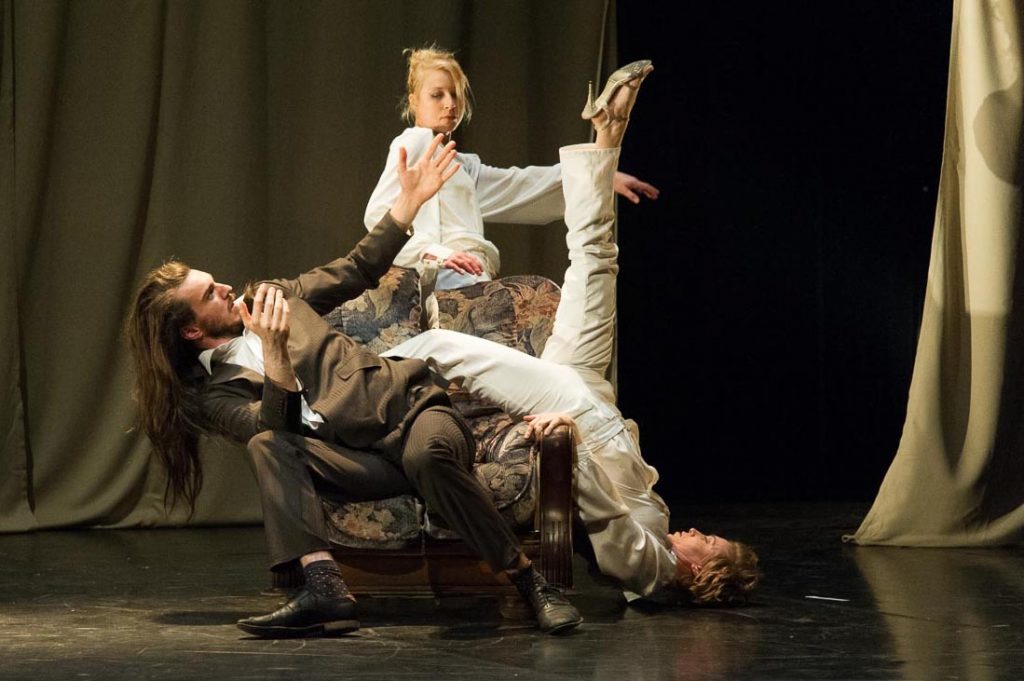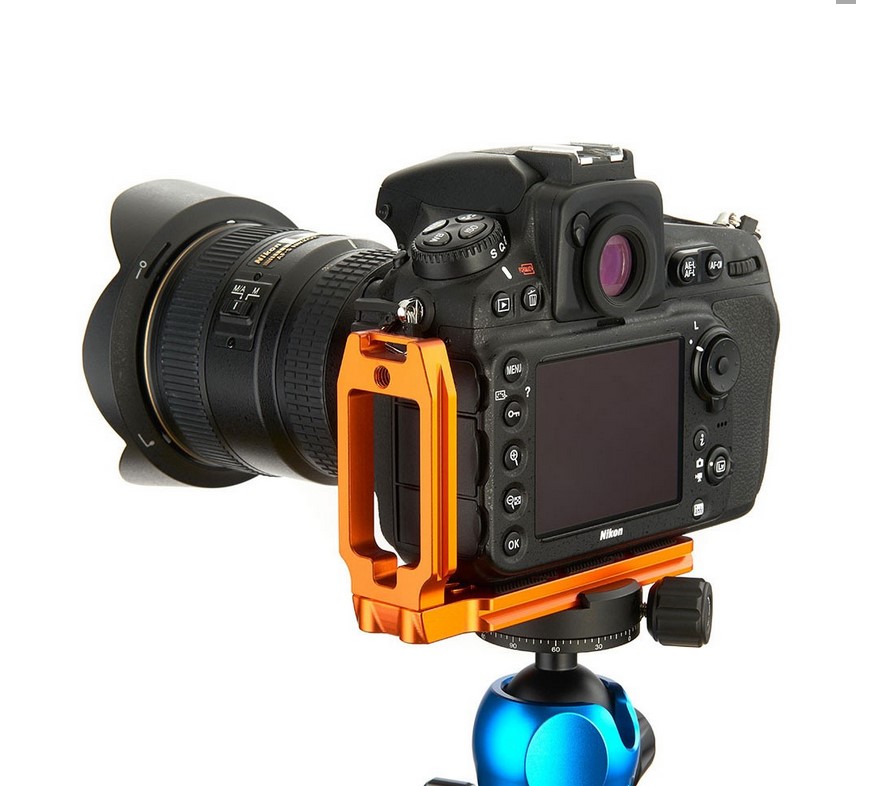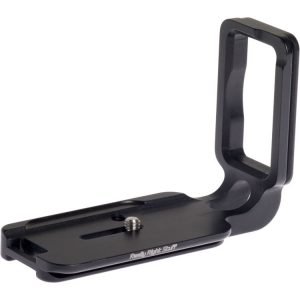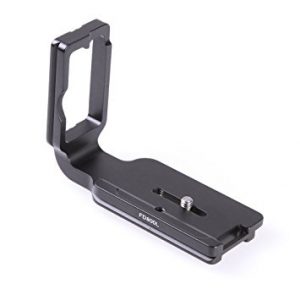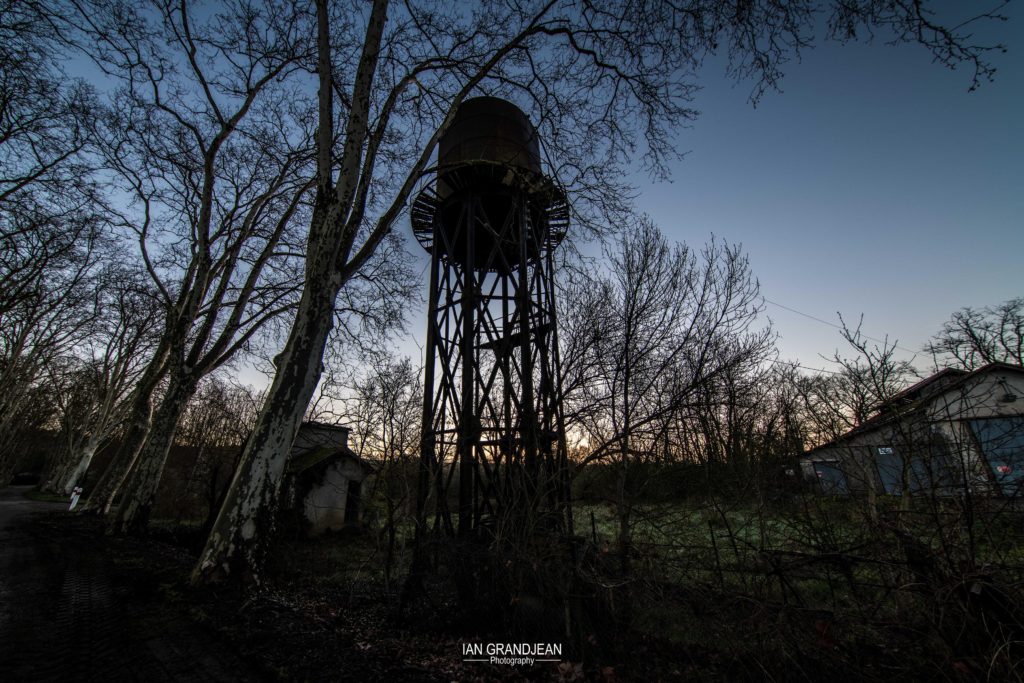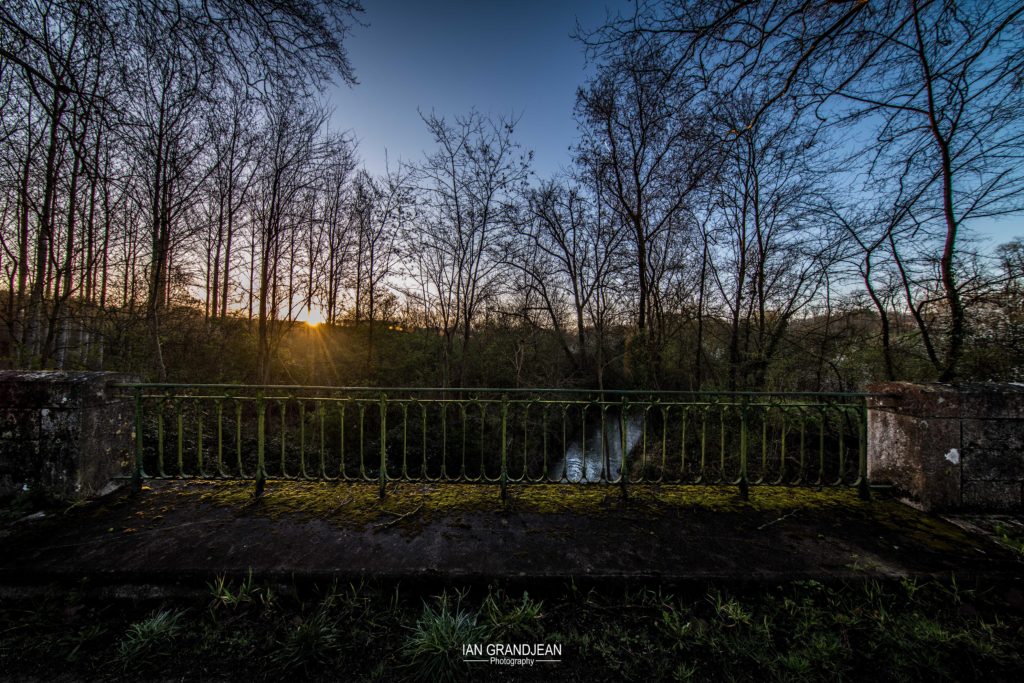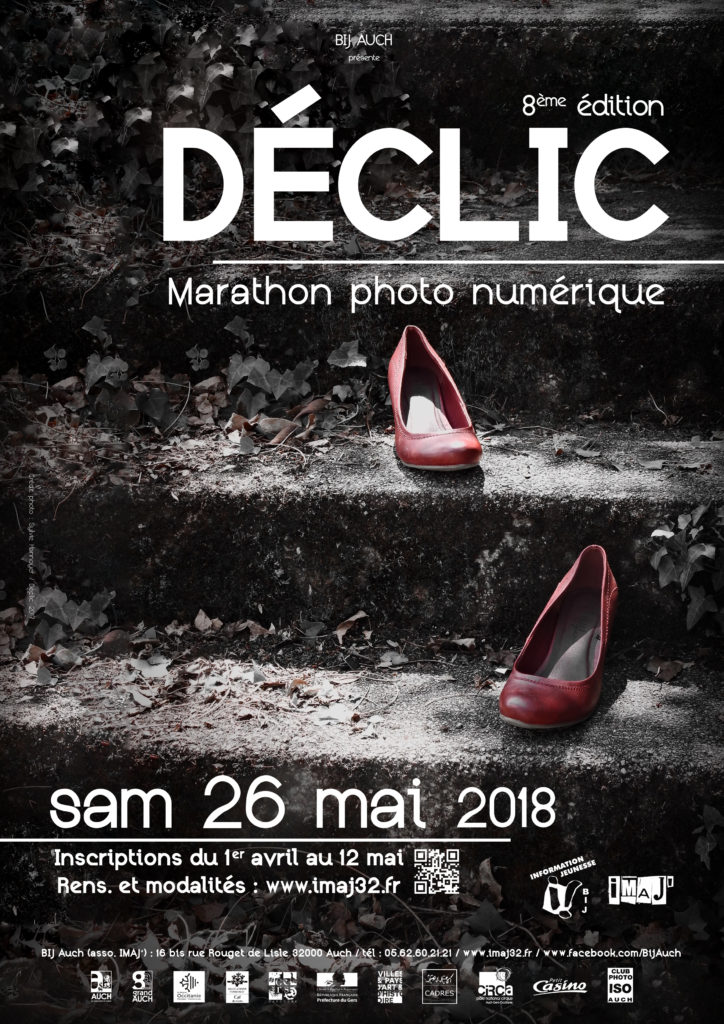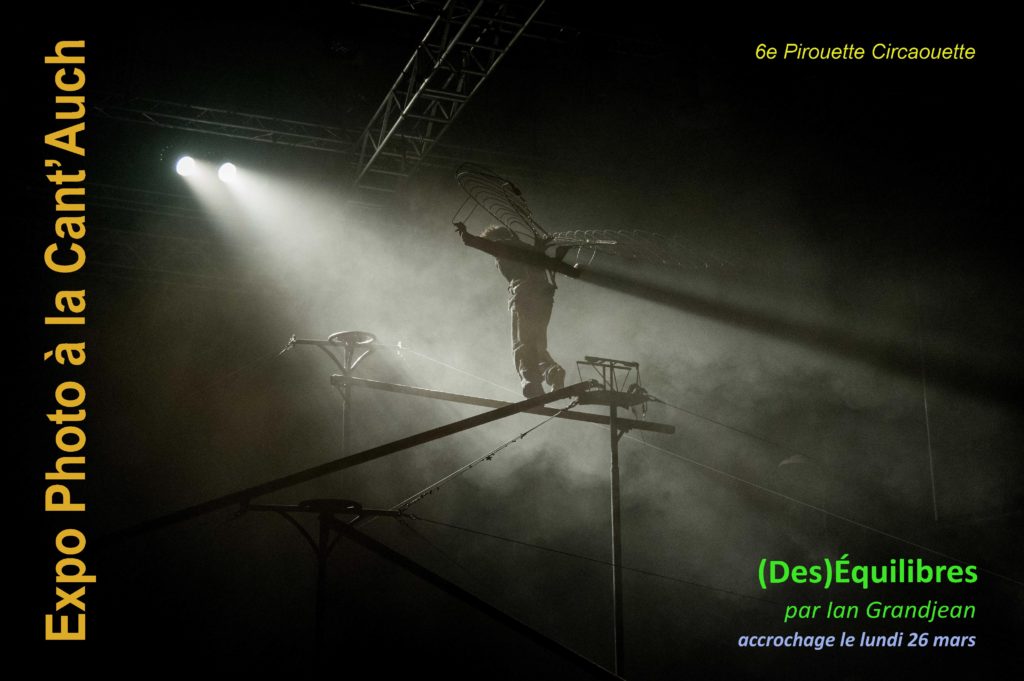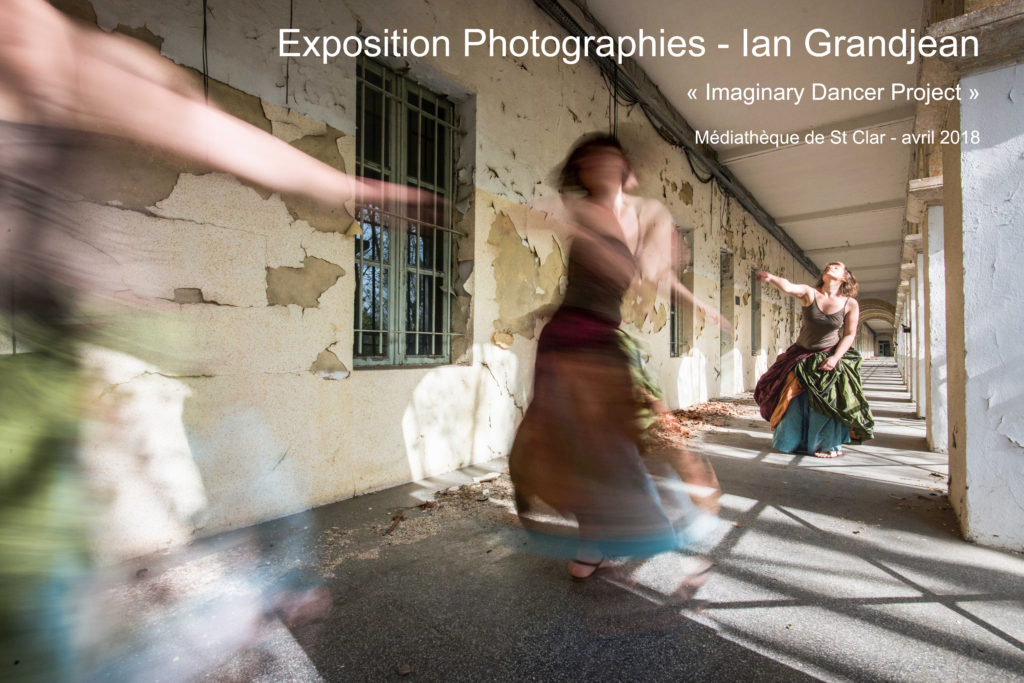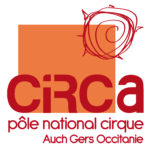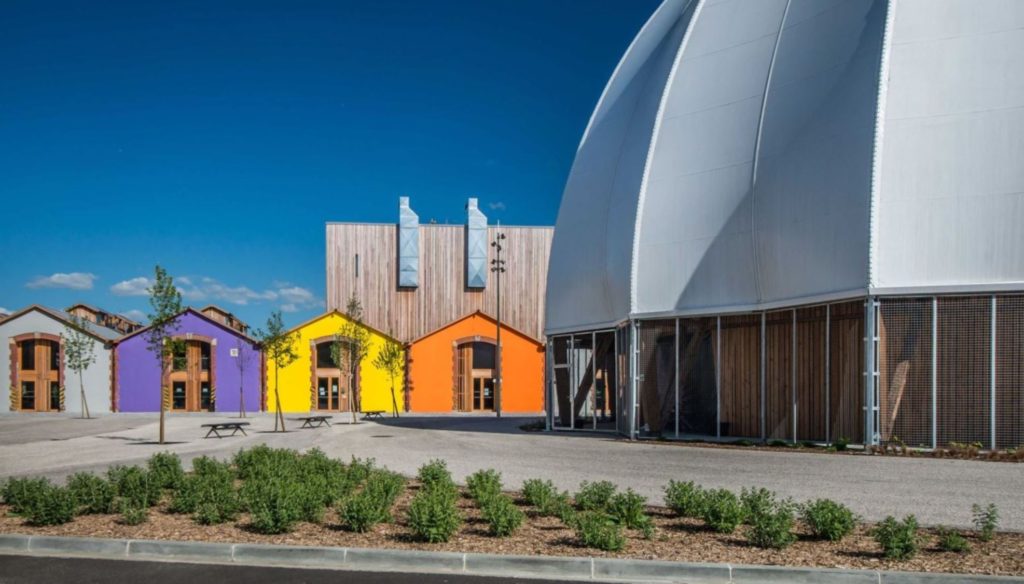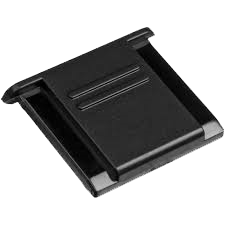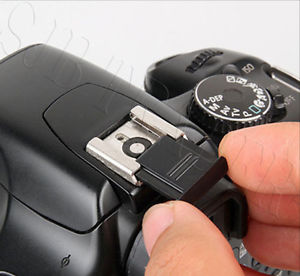For me , it all started with zoom lenses. I can remember doing an art project while attending secondary school in Chiswick – from our school we crossed the road into Chiswick park with our Super8 film camera and tried to make a film – I can clearly remember watching the results (before editing) and we were pretty much all sea-sick from the constant use of the zoom.
We weren’t the only ones – this was an oft-used ‘effect’ on early television – after the years of three- and four-turret television cameras, pausing to turn the turret round to another focal length, the design of zoom lenses became more affordable, and the television companies had a wonderful new toy! Oh wonder – zoom-in, zoom-out, public feeling sick…
When television became digital, many new after-effects were developed, and there were all sorts of horrible things that, luckily, died a death after a few months.
At time of writing, it’s drones – oh my God can we get enough of these damn things? Apparently not, as they seem to be everywhere. I can understand the added viewpoint for a factual documentary, or news item – it’s clear that it is an aid to understanding an event when the viewer can actually see a ground plan, as it were, but drones are EVERYWHERE – and I can’t help feeling that it just dilutes the overall impact when every last blade of grass is laid bare – nothing, but nothing is left to the imagination – a bit like LEGO in my view. In the old days we ‘built’ our imaginations with square and rectangular blocks – now everything has to have the form of a character from Harry Potter – where’s the imagination in that?
And whatever you do, don’t get me started on GoPro cameras…
/rantoff
